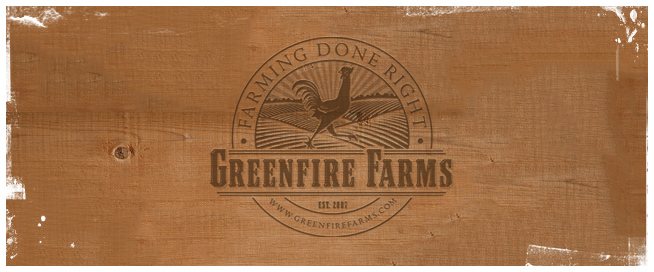The Case for Inefficiency
Friday, August 3, 2012
The other day I was reading a post in a popular online chicken forum in which someone was expressing horror and outrage at the idea that male day-old chicks are by the millions fed into machines that chop them to pieces while they're alive. (This claim is true, by the way. The commercial chicken industry has machines built solely for this purpose and even has a technical word for this process: maceration.) You can follow the back and forth here. The responses ranged from outright denial, to insinuations of a vast vegan conspiracy, to a challenge to come up with a better method of dealing with the millions of unwanted male chicks that are produced each year.
Okay, I'll bite. I accept that challenge. Here's my modest proposal:
First, we need to completely abandon the chicken breeds that the commercial food industry routinely selects for production. The meat industry currently uses a Cornish/Rock hybrid that can go from egg to slaughterhouse in six weeks. The egg industry uses leghorn hens or some close variant. We need to say good-bye to these breeds that are completely unsuited for life outside an energy-intensive industrial agricultural model.
As an alternative, we need to identify the world's best dual purpose auto-sexing chicken breed. I would guess that breed is the bielefelder. Bielefelders were developed by the Germans in the early 1960s with aim of producing the ultimate commercial chicken: huge and meaty, a prodigious egg layer, and the convenience of auto-sexing all wrapped up in one tightly engineered Teutonic package. To a remarkable degree the Germans succeeded in achieving their goal although the bielefelder is almost unknown outside Germany.
Assume the American commercial chicken market could re-orient itself to use the bielefelder as a meat bird and as an egg producer. Through the auto-sexing function chicks would easily be segregated by gender at hatching. Many of the females would be directed toward laying houses where they would produce a large volume of jumbo brown eggs. Almost all the males would be caponized and grown out as meat birds. A bielefelder capon would likely exceed ten pounds as a finished adult; a bountiful meal for even a large family. Ideally, these birds would be raised on pasture for months and then finished for a few weeks on a high-fat grain and dairy diet much like the vaunted Bresse chicken. Surplus females not needed by the egg industry would also be grown out as meat birds and would become fryers for smaller families in the mid-weight range of four pounds. A few select males and hens would be held back as breeders for the next generation.
Using this plan, we have now completely eliminated the need to kill male chicks as part of the commercial chicken production chain in America. And, the collateral benefits are immense: the American consumer will eat far better-tasting and healthier chicken, American workers can learn and profit from the art of raising pastured chicken, and we can extend our moral consideration to a species that doesn't deserve to be shoved alive into the spinning blades of a giant industrial grinder. It is also numerically much more efficient. We would no longer be dedicating feed, time, and money to an industrial system that produces a stream of chicks that have little market value and are immediately killed as soon as they begin life.
Will this scheme increase the price of chicken in the supermarket? Yes, it will. It would probably about double the cost of bringing a bird to market. Will it reduce the hidden secondary costs of cheap chicken? Again, it will. Healthier chicken probably results in lower downstream medical costs for those who eat it. A pastured poultry approach simultaneously reduces the costs of the environmental impacts of raising chickens. Manure becomes an asset and not a liability, and lower stocking densities reduce or eliminate the need for antibiotics in the chicken feed. And, this plan addresses the less definite but undeniable moral cost of our current arrangement. Will it allow people of conscience to sleep better at night knowing they aren't part of a system that supports the kind of waste and pain we currently see in commercial chicken factories? Hopefully.

 Cart:
Cart: 

